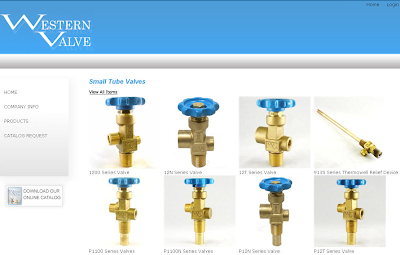In addition to a major increase in sales on Cyber Monday, the way consumers shopped differed. According to a Forbes article, more consumers chose to use their mobile devices in 2013 with an increase of 55.4 percent compared to 2012. In total, mobile sales accounted for 17 percent of total Cyber Monday sales.
To break down mobile usage further, 19.7 percent of shoppers chose to browse eCommerce websites using their mobile devices, while 11.5 percent opted to browse on their tablet. However, when it came to making purchases, 11.7 percent chose to proceed through checkout on a tablet device, while just 5.5 percent did so on a mobile device. Average sale per order was also higher on tablets coming in at $126.30. Average sale per order on a smartphone was $106.49.
Another sales driving factor for this year’s online shopping event was social triggers. According to a report put together by Adobe Systems, Inc., between Thanksgiving and Cyber Monday, consumers who landed on a retailer’s website by clicking on a link from a social network spent $148 million online.
There are many great opportunities that come with having an eCommerce website, especially one that features responsive web design, which makes a site display in an easily digestible format across varying screen sizes. On top of selling online, when it comes to events like Cyber Monday, or even Black Friday, businesses who have an online store are able to offer promotions, like free shipping or buy one get one specials. Mobile coupons are another tool that can be used to entice consumers and further drive sales online or in brick-and-mortar locations during these and other big online shopping events. Further, social interaction can play a significant role with promotions and increasing the overall visibility of your business’ product portfolio. To take advantage of any of these features or to start selling online with a custom web store, contact our sales team today.













